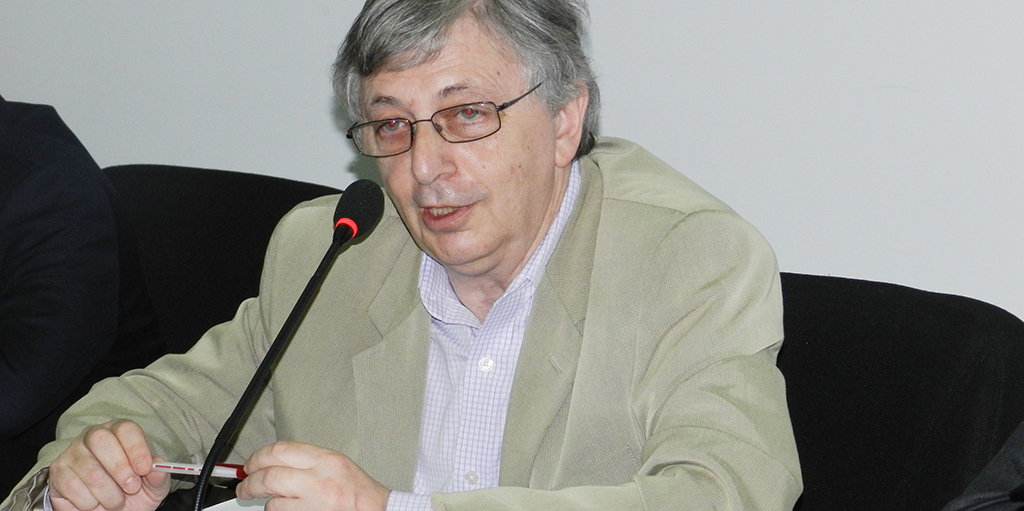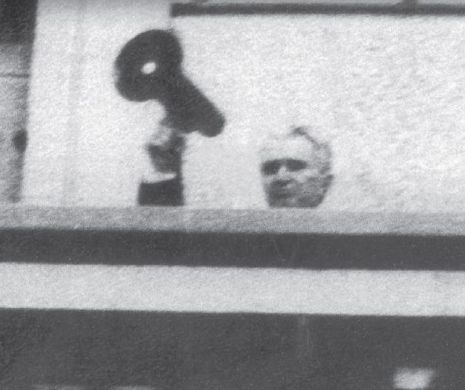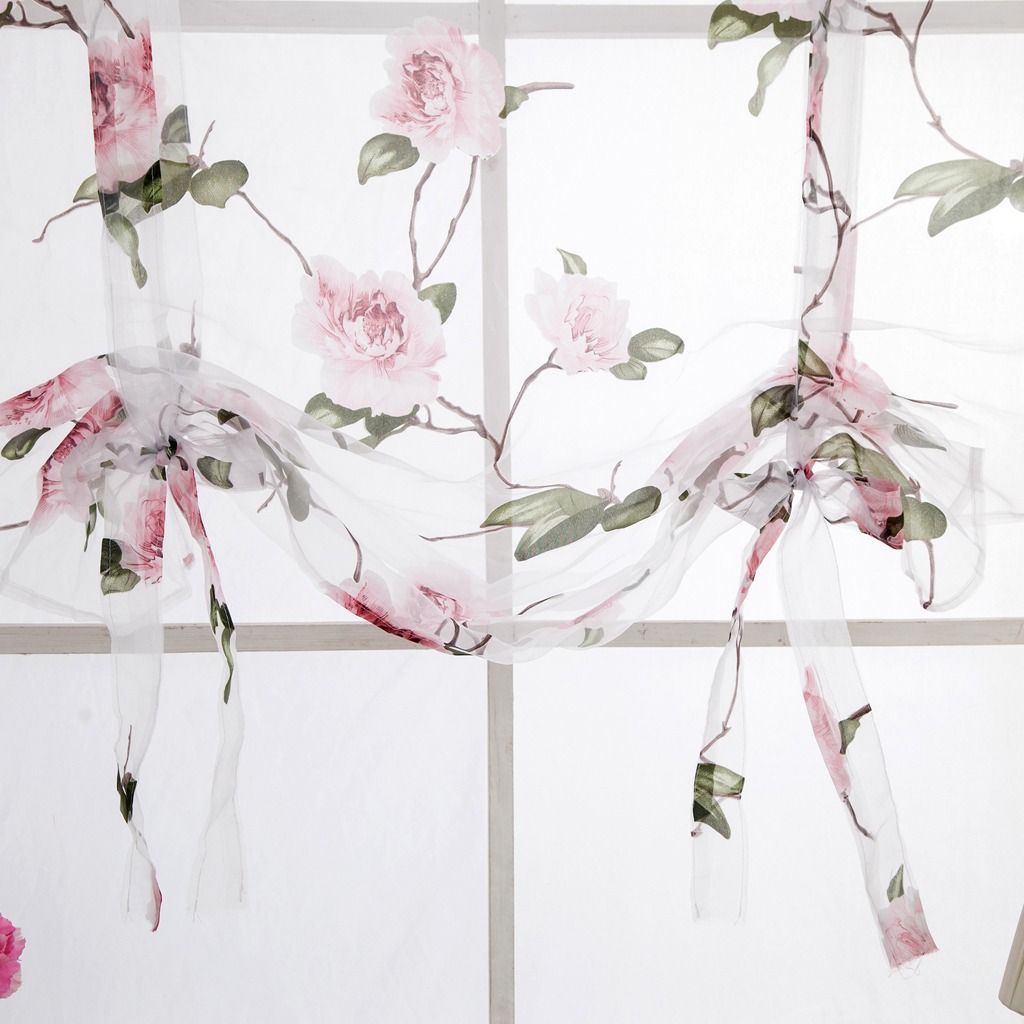

Relying mostly upon recently de-classified documents and secondary literature I attempted to shed more light on both the imposition of Socialist Realism to Romanian cinema.Vladimir Tismaneanu ( born July 4, 1951) is a Romanian and American political scientist, political analyst, sociologist, and professor at the University of Maryland, College Park. In order to impose its cultural program for changing the structure of painters’ creative union, the Propaganda and Agitation Department used both the avant-garde and the conservative artists.

The most prominent painters and sculptors came to terms with the communist regime. Maxy and Jules Perahim, had to coordinate this recruitment initiative. Two avant-gardists and also sympathizers of the RCP, M.H. The RCP leadership also focused upon winning the painters’ and sculptors’ favor in order to foster the pro-Communist organization, the National Democratic Front. In the aftermath of the Communist takeover, the RCP showed a particular interest in the use of visual propaganda as part of the political battle against its enemies. After consolidating power in 1948 the Romanian Communist Party (RCP) sought to bring the writers – despite their seemingly unusable past – over to the Party’s agenda. They were, moreover, perceived as the country’s preeminent intellectuals. Romania’s writers had long been in the spotlight of the nation’s artistic and cultural life.

The aim of this book is to follow both the changes within the Arts Unions and other cultural institutions and the activity of the Agitprop Department during the Stalinist period (1948-1953) using recently de-classified archival materials issued by this Department. In Communist Romania the two main consequences of the organization and functioning of the regime’s Propaganda and Agitation Department (PAD) were the perversion of the discourse regarding the arts and the harassment of the intellectuals more or less reluctant to being cowed by the communist politics of culture.


 0 kommentar(er)
0 kommentar(er)
